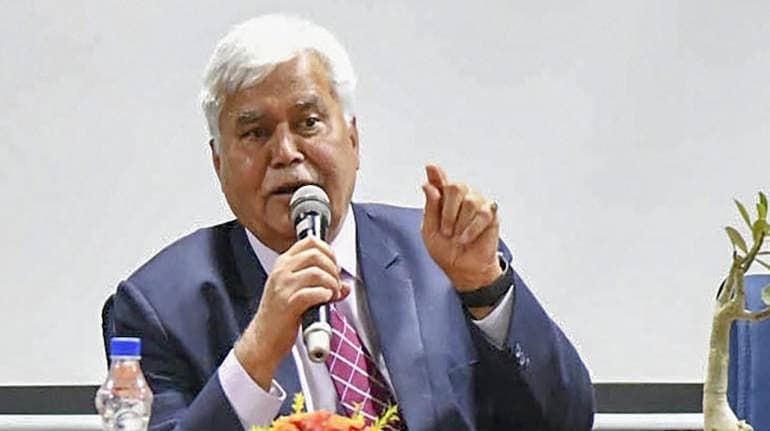
Though India has made rapid strides in the mobile internet sector with around 50 crore people accessing the internet on their mobile phones, unfortunately, we have not been able to replicate this feat in the sector of wireline broadband. With more than half a billion internet users, India is one of the biggest and fastest-growing internet economies in the world, second only to China—be it in terms of the number of mobile internet connections or the volume of apps downloaded.
Though India has made rapid strides in the mobile internet sector with around 50 crore people accessing the internet on their mobile phones, unfortunately, we have not been able to replicate this feat in the sector of wireline broadband. With only around 2 crore connections India lags behind tremendously on this front. Even though various Telcos and MSOs (Multiple System Operator) have been providing wireline broadband from the last two decades the service couldn’t move beyond select pockets of major cities.
This was primarily owing to the fact that one needs physical infrastructure up till an individual house that one is planning to connect, while in planned and structured pockets of cities it is quite simple to lay infra for such operations, the complication occurs in less or non-structured areas of a city. It is quite difficult to find ways for digging or hanging cables in such parts and we know around 70% areas in a typical Indian city falls in this category and thereby Telcos and MSOs have never been able to provide services in such areas. This has meant that 70% of the urban Indian population has been denied standardized broadband services and they had to rely on local non-standardized players with patchy offerings and services.
The evolution of home broadband in India, from around a bit more than a decade ago where 128kbps and 256kbps internet lines were considered high-speed, to the present day where 1Gbps connections are available for home users at prices that don’t really seem exorbitant at all. Yet, for the humble wire that was snaking into our home, plugged into a router and sitting unloved in a dusty corner for many years, home broadband has become as important a utility service as electricity, water or gas connection. Lockdown due to COVID has accelerated the process manifold, you cannot be expected to get your office work involving frequent video conferencing done or for that matter, your children can’t have their online school lessons using a mobile hotspot from the often unreliable 3G or 4G connectivity that your phone latches on to.
Currently, the majority of Broadband users in the country are on legacy networks, it means they have a copper wire coming into their houses. Irrespective of technology being used to deliver services, as long as there is copper wire being used as last-mile, the service will always have restrictions in terms of bandwidth delivery and quality of service. This from a user’s perspective will mean not being able to have seamless uninterrupted speeds in excess of 100 Mbps. Therefore it is the need of the hour to convert all the users to world-class FTTH (Fiber to the Home) technology and bring this fiber service to all areas of operations including areas in cities which have been denied any decent service till now.
Even till about five years back, the broadband speeds prevalent in the country were in the range of a meagre 1 Mbps, thereby making forget streaming movies, it was tough to use the service for high-quality video delivery. Today, we have speeds as high as 100mbps fulfilling internet and video needs of a family of 4 on decent internet usage. However, the lockdown and the subsequent concept of Work From Home is a reminder of the scales we need to achieve in-growth of broadband in the country. The next wave, which should see the light of day soon is the removal of FUP. The future is real unbridled internet experience for consumers, which broadband can deliver. If India aims to be the content hub of the world, it needs to relook how it is consumed.
The proliferation of internet exchanges and caching/ peering services is another aspect that has helped to change the landscape of broadband services in the country, as companies are able to deliver high-quality content, better speeds with fewer interruptions using these services. The fact that all major content providers including Google, Facebook, Netflix among others are now trying to bring their services as close to the customer as possible using internet exchanges and peering agreements is another transformative development which has had a significant impact on the overall quality of internet being delivered to the user.
The next 25 years will be all about IoT connectivity, low latency connectivity, higher bandwidth applications like a hologram and augmented reality, next level of home entertainment and esports etc. For effective delivery of these services, fibre-based home broadband is a pre-request. Specifically, in the Indian context, the biggest challenge will be to improve the penetration of wireline broadband from specific pockets of big cities to the length and breadth of urban and semi-urban India. The digital exclusion based on the capacity to pay and area of a town that one lives in has to go and world-class fibre-based home broadband has to reach all households.























